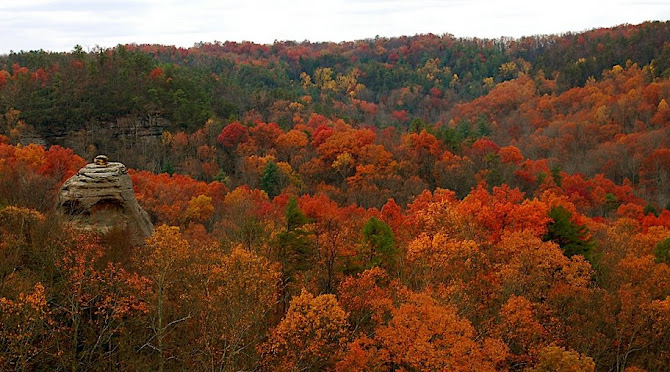With the help of the sensationalized media attention that human-bear encounters garner, bears often suffer the repercussions of our irrational fears and misconceptions.
Bears are curious and intelligent animals that deserve our respect and attention. Some basic knowledge of bear behavior and an awareness of your surroundings keeps the likelihood of an encounter at a minimum. According to Dr. Steve French, the guy who authored the chapter on bear behavior and attacks in the textbook Wilderness Medicine, there are a set of basic rules for avoiding a bear attack in the wilderness:
1. Do not corner or provoke a bear.
2. Never approach an animal when it is with young.
3. Do not disturb a feeding animal. Do not explore into its feeding territory or disrupt mating patterns.
4. In bear country, hang all food off the ground in trees away from the campsite. Never keep food or captured game inside a tent. Use proper food storage to keep food away from bears. Cook at a site away from the sleeping area. Do not sleep in clothes worn while cooking or eating.
5. Make noise when hiking, particularly on narrow paths or through tall grass. If you confront a brown (grizzly) bear, avoid eye contact and try to slowly back away. If you confront a black bear, shout, yell, throw rocks or sticks, or do whatever you can to frighten off the animal.
6. If attacked by a bear, do not try to outrun it - you can’t. Cover your head and the back of your neck with your arms and curl into a fetal position or lay flat on the ground, face down, in order to protect your abdomen. If you are wearing a backpack, keep it on for additional protection. Use your elbows to cover your face if a bear turns you over. After a bear attack, remain on the ground until you are certain that the bear has left the area. More than one victim has successfully protected himself during the initial attack, only to arise too soon (before the bear has lost interest and left the area) and be mauled during the second attack.

Most people who see a bear in the wild consider it the highlight of their trip. Armed with some basic knowledge of bear behavior and how to handle an encounter, the presence of a bear need only be a reminder of how privileged we are to share wild spaces with these animals.





